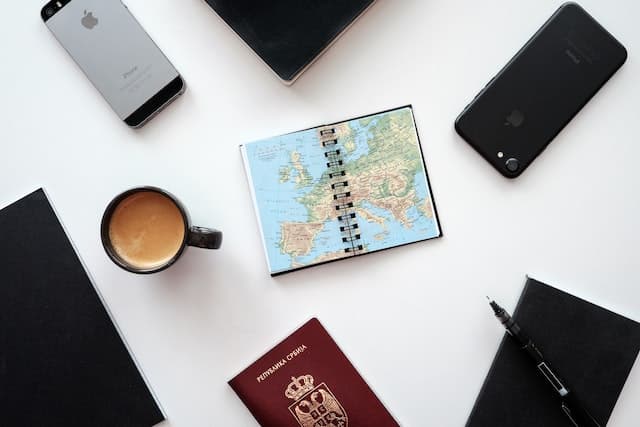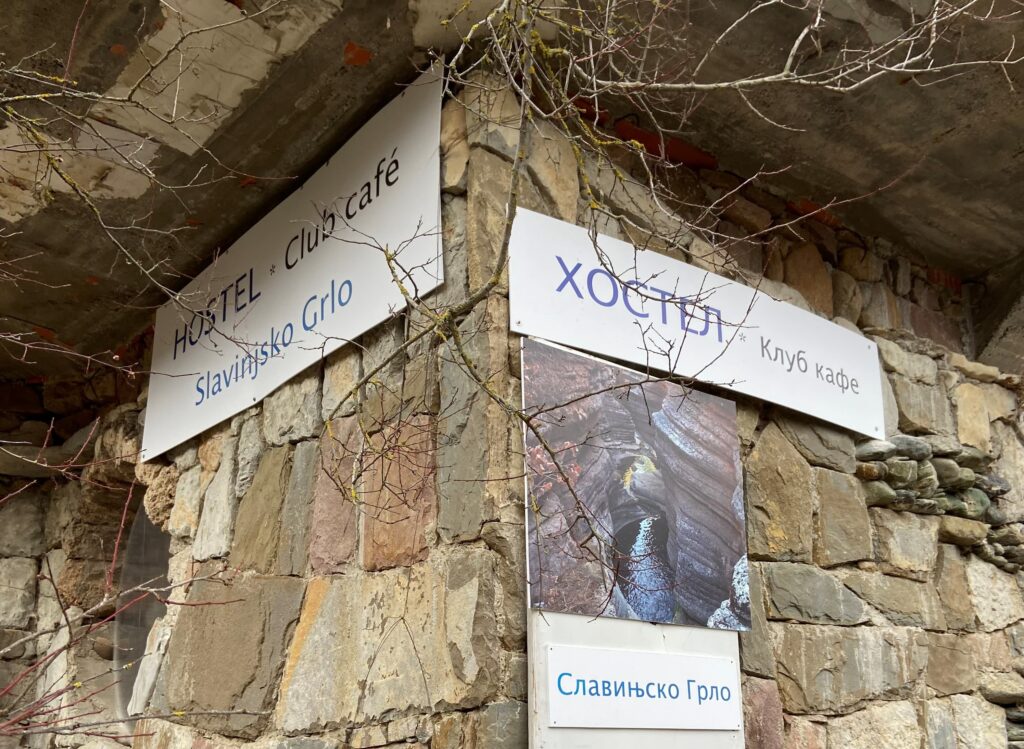Join our live online group lessons starting September 1! Sign up until August 22 here.
Days
Hours
Minutes
Join our live online group lessons starting September 1! Sign up until August 22 here.

You’re not alone if you’ve wondered if Serbian and Croatian languages are similar. So, you might be a little confused if you’re on a mission to learn the Serbian or Croatian language and visit the Balkans. Why is that? On the one hand, you’ll feel like you hear the same language and understand quite a lot. But, on the other hand, you might feel like you don’t understand basic questions because of one single word that might be different.
So, is Serbian similar to Croatian and vice versa? The answer is yes. However, the differences among them are significant. Each country and its language are unique and special. However, despite all the uniqueness, there is one word we, the Balkan people, use to describe all the Balkan nations and their languages. This particular word is made from the possessive pronoun OUR. So, if you ask a Serb or a Croat if they understand each other, they might answer Naravno! Sve je to po naški! (Of course! Everything they say is our language!)
All of these nuances might feel like a giant puzzle to a newbie language learner. Therefore, we decided to tackle the main differences between the two languages in this article. Once you read it, you’ll most likely understand why your Serbian friend claims they can speak at least four languages. 🙂
Before we jump into the list of actual differences, we could use a short historical introduction to understand the topic better.

The official language of former Yugoslavia was the Serbo-Croatian language. However, once Yugoslavia’s breakup happened, each nation started insisting on its individuality and, therefore, on its differences from the others. So, as each country became independent, it made its version of language “local” and official.
Some people find the differences between our languages trivial, while others seem to acknowledge even the tiniest differences. Some linguists still argue we share a common language that has different dialects, while others talk about four different languages.
To sum up, numerous political events have led to this situation, which made the common language and its different versions subjects of countless political debates.
The main thing our languages have in common is that they’re based on the same Shtokavian dialect. The versions of this dialect are numerous. Each has coined new words and phrases specific to their history and region, which others can’t easily understand. However, at the end of the day, whether you learn Serbian, Croatian, even Bosnian, or Montenegrin, you’ll be able to communicate and get your message through to everyone living in these countries.
So, if you’re debating whether to start taking Croatian or Serbian language courses, the following list of main differences between the two can help you choose. Of course, your living situation will be the main factor in deciding this. If you plan to move to or spend more time in Serbia or have relatives and friends here, you might decide to go to study Serbian. On the other hand, if you plan on having summer holidays in Croatia and having friends there, this might seem like a more appealing option.

Ijekavian and Ekavian dialects are derived from the long Slavic vowel ‘yat.’
The ‘yat’ vowel replaced with ‘e’ gave the ekavian type of pronunciation. ‘Ekavica’ first started in Serbia, and it’s generally used in Serbia to this day.
On the contrary, the ‘yat’ vowel replaced with ‘ije’ gave the ijekavian pronunciation. ‘ijekavica’ is widespread in Croatia, Bosnia, and Montenegro.
If you’ve traveled around the Balkans, you might have heard people saying ‘mleko’ in Serbia and ‘mlijeko’ in Croatia. We are sure you’ve noticed the difference but were able to understand what everyone’s talking about. Same, but different, right?
To illustrate further, here are some other common examples:
Apart from the official pronunciation, the second most noticeable difference is in the intonation between the two languages. Based on someone’s intonation and speech melody, anyone from the Balkan countries would be able to tell where someone is coming from.
However, explaining someone’s intonation isn’t doable in writing. For instance, we showed you the places you can’t miss while visiting Serbia or the top Serbian dishes you must try. That was pretty straightforward.
On the contrary, the melody of a language is something you need to hear. So, if you wish to employ your hearing senses to learn the differences, we suggest searching YouTube for this purpose. Some ideas to type in the search bar could be Serbian/Croatian singers, Serbian/Croatian news, etc.
The discrepancy between the two languages is probably most noticeable in writing. The official writing alphabet in Serbia is the Cyrillic alphabet. This alphabet was last taught in Croatia in 1991 during the war period, which is why probably no one remembers it well, while the newer generations wouldn’t be able to read anything written in Cyrillic.
On the other hand, Serbia has two official alphabets in writing:
The Latin alphabet is also used in Croatia. Therefore, Latinica is the one that brings back the alikeness between Croatian and Serbian languages.

Regardless of almost 90% of the words being the same or with tiny differences, there are words in both variations that are entirely different. Typically, everyone has heard of most of the word variants and would be able to understand each other.
For instance, the most common examples of everyday words look something like this:
SERBIAN VERSION CROATIAN VERSION
hleb (bread) kruh
šargarepa (carrot) mrkva
zdravo (hello, hi) bok
voz (train) vlak
paradajz (tomato) rajčica
Idem kući. (I’m going home.) Idem doma.
lekar (doctor) liječnik
The suffixes we add to the end of verbs in infinitive are yet another difference. The Serbian language prefers the -ISATI and -OVATI suffixes, while -IRATI is widely used in Croatian.
For example:
Additionally, as the world modernizes, so do the languages. This also stands for the languages we’re talking about. Both Croatian and Serbian use numerous loan words (typically from English) and adjust them to their own rules. That’s how ‘to like’ something on social media became “LAJKOVATI” in Serbian, while “TARGETIRATI” means to target something in Croatian.
As you might already know, Serbian and Croatian Latin alphabets have 30 letters.
The main distinction between these two languages is that in Serbian, we pronounce each sound pretty loudly and clearly. On the contrary, the Croatian pronunciation is a bit “softer,” which leads to little or no distinction between č and ć, and dž and đ.
Finally, the way we express ourselves in everyday language is what’s different when it comes to Serbian and Croatian. However, we still understand each other, we dare say completely.
In Serbian, we use something called double conjugation compared to the usage of infinitives. For example:
Croatian people, on the other hand, prefer using infinitives.
To conclude, these were examples of the languages or language variants that are more or less the same but simultaneously unique. If you’re learning Serbian with us and have met some Croatian friends along the way, don’t be afraid to communicate. Everyone will be perfectly able to understand you, and once you master your language abilities, you can alter your wording according to the situation. Finally, the differences between Serbian and Croatian exist but don’t interfere much with understanding. Thus, the most important thing for you is to start learning, find numerous possibilities for using the language, and have fun along the way. 🙂